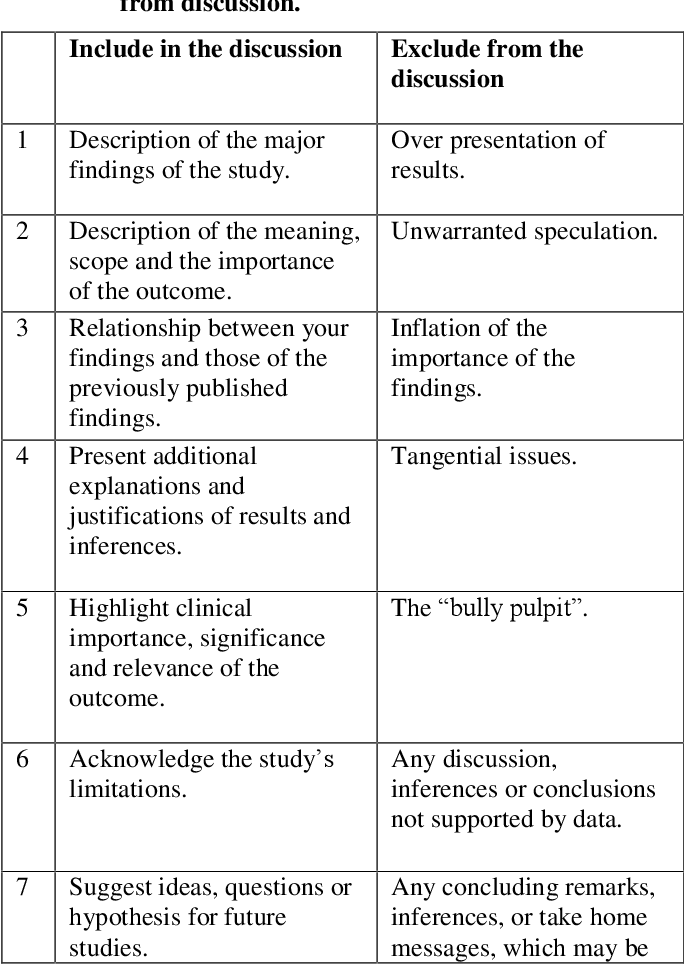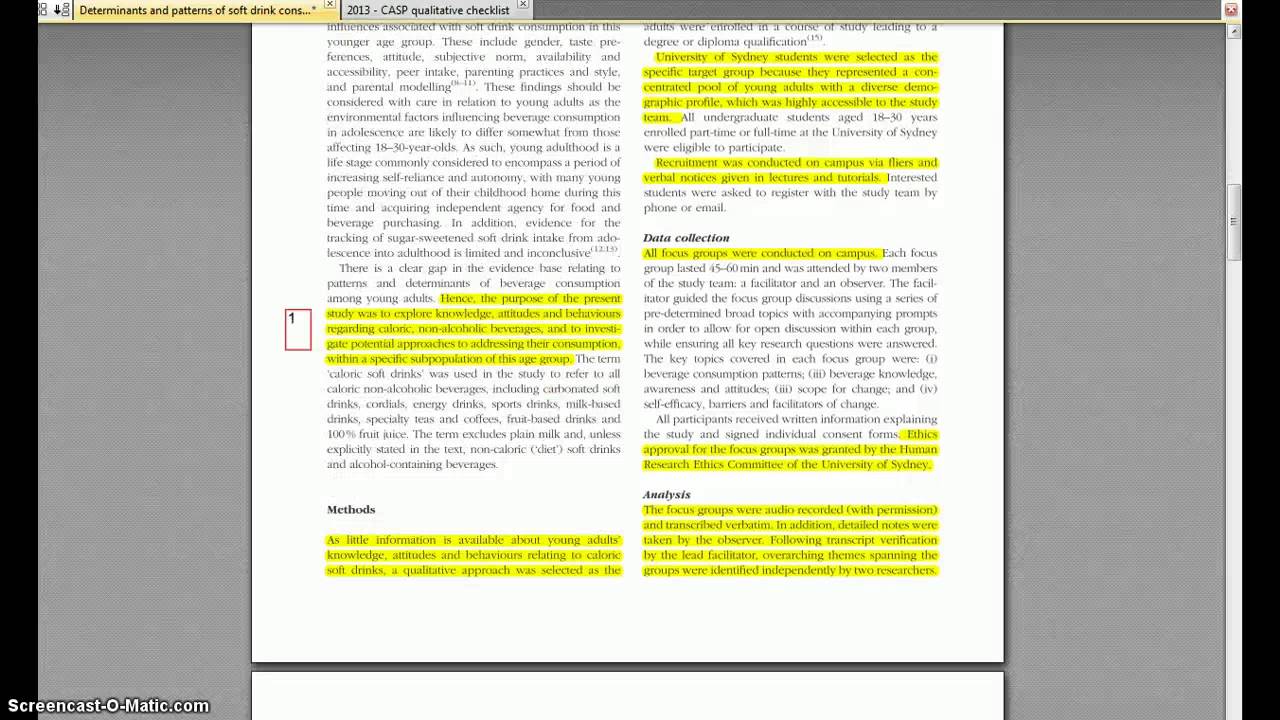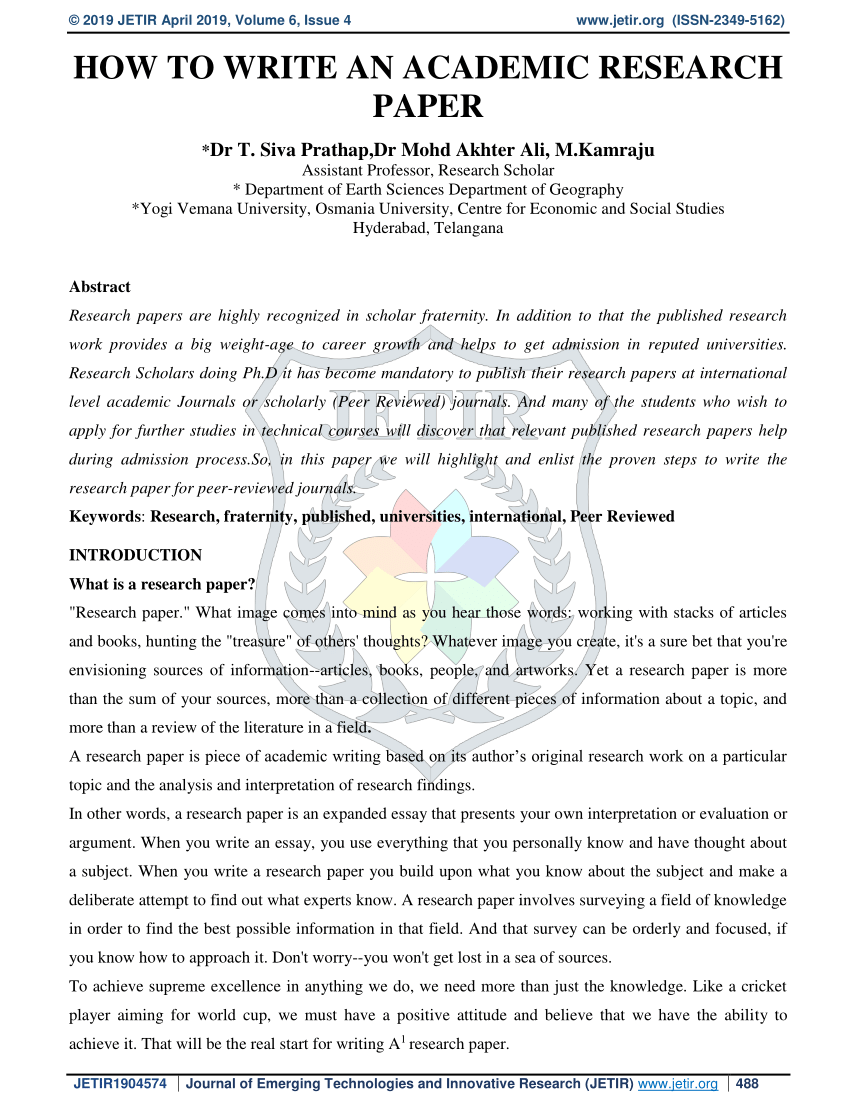The conclusion of your research paper should include the following items: Limitations, Recommendations, Analysis of unanticipated results, and Comparison with previous studies. You must explicitly state the limitations and rationalize the reasoning for them. In addition, your discussion should focus on the implications of your research for the field. Many journals require a separate section for “future directions.”
Limitations
In a research paper, limitations of discussion may not be as obvious as you might think. Students with limited experience may compromise the depth and scope of the discussion. However, they can minimize their negative impact by citing previous research and current knowledge. Here are some examples of limitations of discussion. This section should not be hidden in the body of the discussion. It should be repeated at the end of the section, and it should reiterate its main points and call for further research.
The purpose of presenting limitations of discussion in a research paper is to explain the limitations of a study and to show that the study was not perfect. In addition, limitations of discussion are necessary to avoid bias in the results of a study. Limitations of discussion can also be dangerous when they are insufficiently detailed, but are less harmful when they are limited to the null value of the study. In addition, the limitations should be explained so that readers do not feel cheated or misled.
Recommendations for future research
Future research should be conducted to fill knowledge gaps. This may include analyzing the existing literature and creating a theoretical model. It could also involve research that looks at a different cultural context. In such cases, it is important to consider the potential impact of the research on society as a whole. This research should also provide new ideas to address problems in existing scientific disciplines. The recommendations should also be relevant for a wider audience.
Analysis of unanticipated findings
In a research paper, the analysis of unanticipated findings is an important part of the discussion section. The analysis should begin with an explanation of the finding and its significance. If more than one unexpected finding is noted, describe them in order of appearance. In addition, the author should explain the reasons why the finding was unexpected. For example, if more than one participant suffered from an allergic reaction, it would be necessary to describe the reactions that occurred as a result.
In the Discussion section, you must explain what your findings mean. While you should briefly comment on expected results, it is important to go into greater detail when you find an unexpected or profound finding. The discussion section should note unusual patterns and their significance in relation to the research problem. Once you understand the significance of the findings, you can begin writing a conclusion for the entire paper. This is the most important part of a research paper.
Comparison with previous research
The process of writing a research paper requires comparing findings from previous studies with your own. This is done to demonstrate that you have a thorough understanding of the topic. Comparing results with the literature allows you to provide new information about the topic and give direction for further research. Fortunately, there are several resources that can help you write a comparison section. Listed below are the top three resources for comparing your results with previous research.




